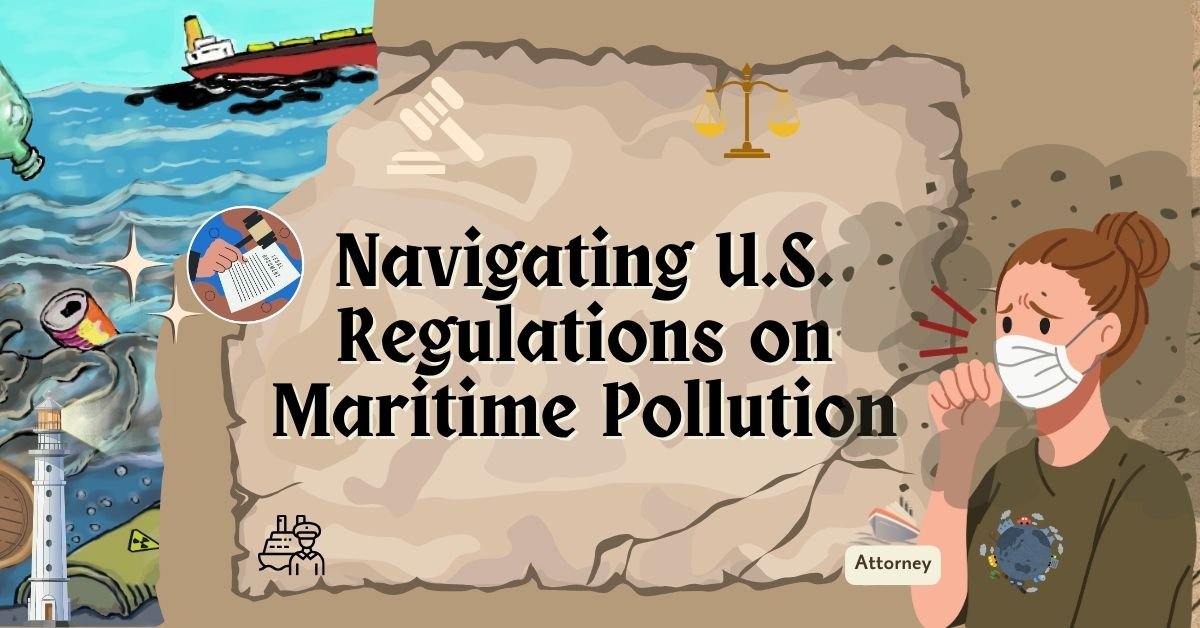Introduction
Maritime pollution poses significant challenges to ocean health and the environment. Understanding and navigating U.S. regulations on maritime pollution is crucial for shipping companies and stakeholders in the maritime industry.
The Clean Water Act (CWA)
The CWA is a key piece of U.S. legislation that regulates the discharge of pollutants into U.S. waters, including from maritime sources.
MARPOL Convention Implementation
The U.S. enforces the International Convention for the Prevention of Pollution from Ships (MARPOL) through various national laws, ensuring alignment with global standards.
Oil Pollution Act (OPA) of 1990
Following major oil spills, the OPA was enacted to strengthen regulations on oil pollution liability, response, and prevention in U.S. waters.
Ballast Water Management
Ballast water discharge can introduce invasive species. U.S. regulations on ballast water management aim to mitigate this environmental threat.
Vessel Incidental Discharge Act (VIDA)
VIDA establishes standards for incidental discharges from vessels, encompassing a range of operational emissions and effluents.
Air Emissions Standards
The U.S. enforces regulations on air emissions from ships, particularly targeting sulfur oxide and nitrogen oxide emissions.
Waste Management and Disposal
Regulations also cover the proper management and disposal of waste generated on ships to protect marine environments.
Regulatory Bodies and Enforcement
Agencies like the U.S. Coast Guard and the Environmental Protection Agency (EPA) play critical roles in enforcing maritime pollution laws.
Compliance Strategies for Shipping Companies
Shipping companies must adopt comprehensive strategies to ensure compliance with these complex and varied regulations.
Impact of Regulations on the Shipping Industry
While necessary for environmental protection, these regulations also pose operational and financial challenges to the shipping industry.
Technological Innovations for Pollution Control
Technology plays a growing role in enabling the maritime industry to meet pollution control standards more effectively.
Challenges and Controversies
Implementing and complying with maritime pollution regulations can be challenging, leading to controversies and debates within the industry.
Global Collaboration and U.S. Leadership
The U.S. collaborates with international bodies to lead and shape global efforts in controlling maritime pollution.
Conclusion
Adhering to U.S. regulations on maritime pollution is essential for the protection of the marine environment and sustainable maritime operations. Play sprunki phase 28 Anytime, Anywhere!
FAQs
- What are the key components of the Clean Water Act relevant to maritime pollution?
- How does the Oil Pollution Act impact oil spill response and prevention?
- What challenges do shipping companies face in complying with VIDA?
- How do U.S. air emissions standards for ships compare with international regulations?
- What role does technology play in achieving compliance with maritime pollution regulations?
